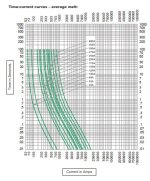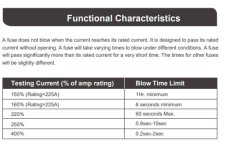Larry DeCamp
Well Known Member
I need to order a battery for 0360 8.5 : 1 . My ignition is SDS with isolated small battery for #2 cpu and coil.
I assume the cranking speed is the same for either size battery but the smaller one , with less AH , will deplete sooner than the big one. Not a priority.
My alternator is only 40 amp for simple VFR , so killing the 360 is not likely.
The main battery can supply #2 battery and ignition through a high capacity diode In normal operation, but, the main battery would be off line if the master is open to respond to smoke.
Therefore, I don't see an advantage from a 900 over a 680 except for extended cranking due to hot start issues .
Your thoughts would be appreciated.
I assume the cranking speed is the same for either size battery but the smaller one , with less AH , will deplete sooner than the big one. Not a priority.
My alternator is only 40 amp for simple VFR , so killing the 360 is not likely.
The main battery can supply #2 battery and ignition through a high capacity diode In normal operation, but, the main battery would be off line if the master is open to respond to smoke.
Therefore, I don't see an advantage from a 900 over a 680 except for extended cranking due to hot start issues .
Your thoughts would be appreciated.






